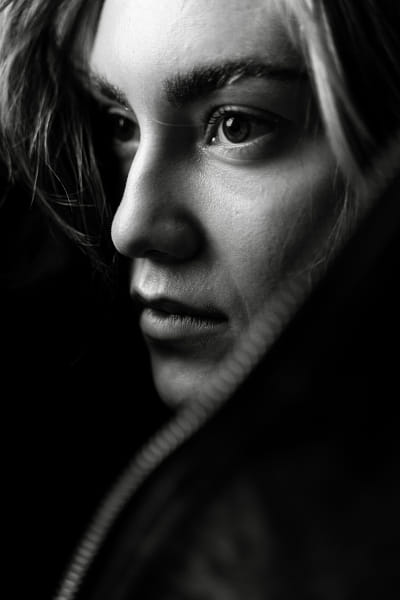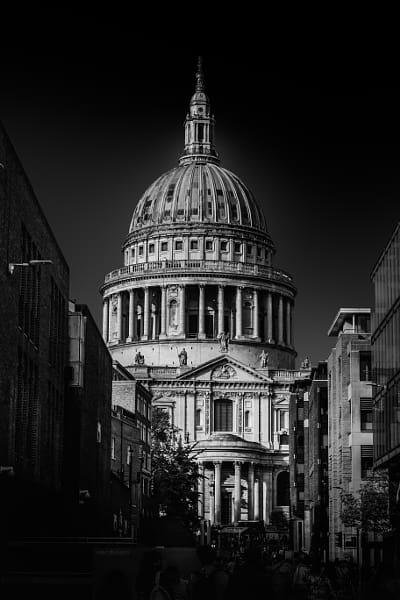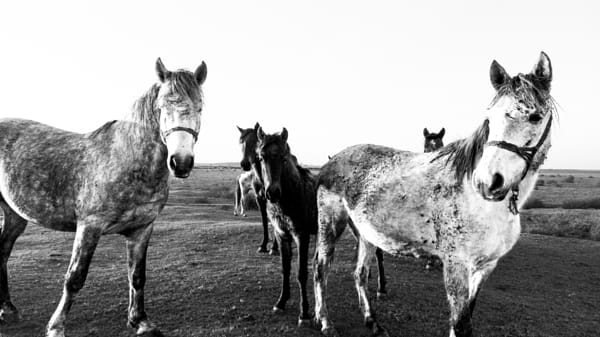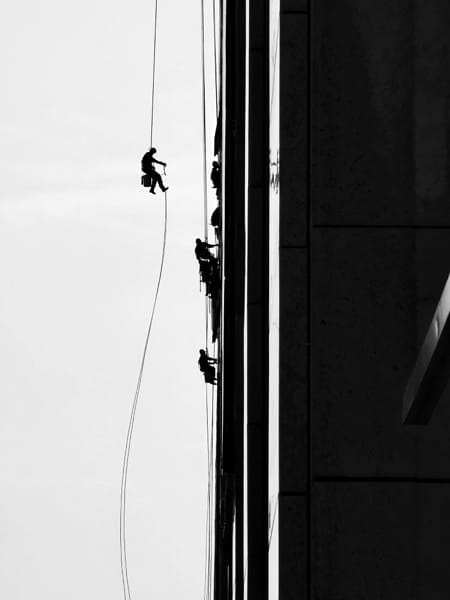
Understanding light and shadow in black-and-white photography

Black-and-white photography removes the distraction of color, allowing light and shadow to take center stage in shaping the mood and depth of an image. Whether you’re shooting landscapes, portraits, or abstract compositions, mastering the interplay between light and shadow can elevate your black-and-white photography. Here’s how to harness these elements effectively.
The role of light in black-and-white photography
In black-and-white photography, light defines the subject, highlights texture, and emphasizes form. Without color, your composition relies on how the light interacts with the elements in your scene, creating a strong sense of contrast and depth.
Hard vs. soft light
Hard light, such as direct sunlight or a single artificial light source, produces sharp, well-defined shadows. It’s perfect for adding drama to a scene, especially when shooting architecture, landscapes, or still life. In contrast, soft light, found during overcast days or diffused through curtains, creates gentle transitions between light and shadow. This type of lighting is often used in portrait photography, where it flatters skin tones and softens features.
Using shadows to create depth and mood
Shadows in black-and-white photography aren’t just the absence of light—they play a crucial role in defining the structure of your image and conveying mood. Deep shadows can add mystery and tension, while subtle shadows bring softness and nuance to the composition.
Creating depth with shadows
To create depth in your images, use the interplay between light and shadow to separate the foreground from the background. Shadows can help guide the viewer’s eye through the image, leading them from the darker areas into the lighter, more focused parts of the composition.
Mood through shadow placement
Where you place the shadows in your frame can dramatically influence the mood of your photo. For example, shadows cast from the side emphasize texture and form, while backlit subjects create striking silhouettes, reducing your subject to an outline and focusing the attention on their shape and posture.
Natural vs. artificial lighting for black-and-white photography
Lighting conditions, whether natural or artificial, will greatly affect the outcome of your black-and-white photos. Understanding how to manipulate both types of light will give you more control over your final image.
Natural light
Natural light offers a wide range of possibilities, depending on the time of day and weather conditions. The golden hour—early in the morning or late in the afternoon—provides low, soft light that can create long, dramatic shadows, perfect for landscapes and outdoor portraits. On the other hand, midday sun produces harsher, more direct light, which can be great for architectural shots or street photography where you want high contrast between light and shadow.
Artificial light
In a controlled environment like a studio, artificial lighting allows you to shape your light and shadow precisely. By adjusting the distance, angle, and intensity of your light source, you can create a wide range of effects. Softboxes and reflectors can diffuse light, while spotlights can add sharp, intense highlights and deep shadows.
Composing with light and shadow
Good composition in black-and-white photography often revolves around the balance of light and shadow in the frame. Pay attention to how these elements work together to highlight your subject and draw the viewer’s eye.
The power of contrast
High-contrast images—those with strong differences between light and dark—are a hallmark of black-and-white photography. When composing your shot, look for scenes that naturally offer a range of tonal values, from pure whites to deep blacks. This will help create a visually dynamic image that grabs the viewer’s attention.
Low-contrast compositions
While high contrast is often a go-to technique, don’t overlook the power of low-contrast scenes. In these images, the difference between the light and dark areas is more subtle, creating a soft, ethereal effect. Low-contrast compositions work well for subjects like foggy landscapes or portraits in diffused light, where the mood is more contemplative and quiet.
Capturing motion with light and shadow
Black-and-white photography lends itself well to capturing motion through light and shadow. Whether it’s the blur of moving water or the gentle sway of grass in the wind, motion can be enhanced by the way light interacts with your subject.
Long exposures for movement
To capture motion, use longer shutter speeds to blur moving elements while keeping stationary objects sharp. In black-and-white, this can create a beautiful contrast between solid and fluid forms, making the motion feel more dynamic.
Freezing motion
For a more dramatic effect, freeze motion using a fast shutter speed. The sharp contrast between frozen movement and deep shadows can result in a powerful, high-impact image.
Mastering light and shadow is the key to creating compelling black-and-white photographs. By understanding how different types of light shape your subject and how shadows contribute to the mood and depth of your image, you can craft photos that go beyond the basics and make a lasting impression. Experiment with both natural and artificial light, play with contrast, and don’t be afraid to let the shadows do some of the storytelling for you.
Not on 500px yet? Sign up here to explore more impactful photography.
The post Understanding light and shadow in black-and-white photography appeared first on 500px.



